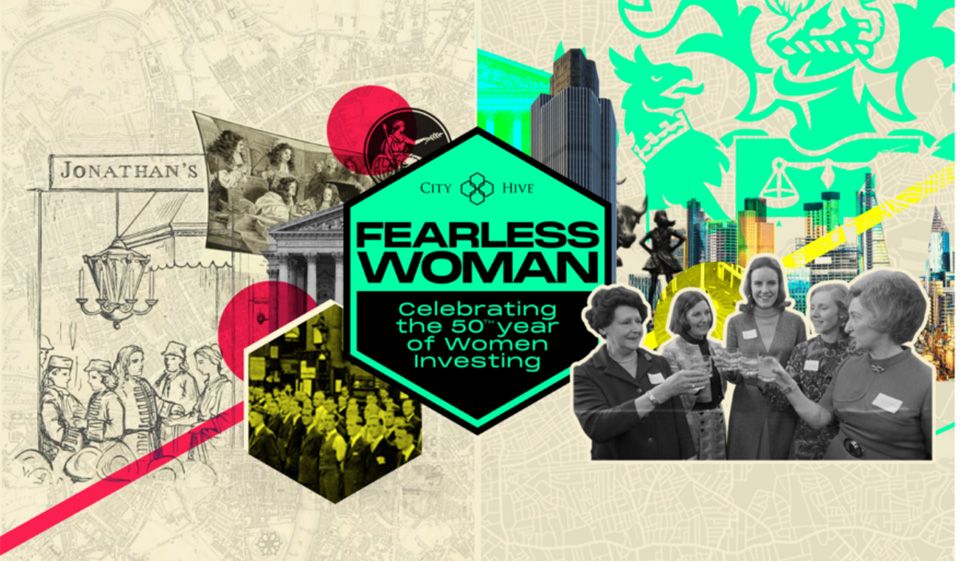ESG Clarity is delighted to support the City Hive campaign celebrating 50 years of women investing in the UK. In this piece, the organisation takes a look at the impact of the gender data gap on women.
While it was once reserved to the confines of the tech industry, data is a word that has made its way into our day-to-day lives. From our health to our shopping habits, and of course our finances and spending, data is something we see, interact with, and use to make decisions on a near constant basis.
However, is it truly reflective of who we are? Back in 2019, journalist and social activist Caroline Criado Perez published her book Invisible Women, which highlighted the phenomenon of the gender data gap.
In short, Criado Perez’s research revealed the data collected to design various elements of our modern society appears to primarily consider men’s experiences yet omit women’s. When data covering both men and women was collected, rather than being separated according to gender, it tended to be lumped together as one.
This one-sided data was in turn being used to influence decisions about research funding, design, marketing and much more, thus creating spaces, services and products that simply did not work effectively for women.
According to Criado Perez’s research, the data gap means “women are 50% more likely to be misdiagnosed if they have a heart attack in the UK, they’re also more likely to die.” Women are also 17% more likely to suffer fatalities in a car crash. As the book points out, using data that only considers the male experience, effectively renders women invisible.
While Invisible Women was widely quoted for highlighting the strong discrepancies in areas such as pharma, healthcare and safety, the asset and investment management industry also needs to ask itself some questions.
There is an acknowledgement of the gender pay, pension, representation and investment gaps within the industry. However, one only needs to do a google images search of the word ‘investor’ to see who tends to be left out of the picture when it comes to representations of the primary end user in our industry.
If the perception of an investor is still a male of a certain background, how can the industry create products that genuinely address the needs of the wide spectrum of customers including, of course, women?
The simple answer is that for a long time, our industry sadly hasn’t. In 2021, City Hive conducted a study into the gender and ethnicity investing and pensions inequality which revealed a stark relatability gap for women and ethnic minorities regarding investing.
The lack of relatable role models in marketing materials, and representation within the industry was leaving minorities feeling ignored, and therefore less willing to engage with investing. In turn, the industry is missing out on millions of pounds that could be invested due to people believing the industry does not serve or represent them.
But what is actually behind the gender gap? While Criado Perez has openly said that she was unable to prove why the gender data gap exists, we can gauge why the investment industry is not quite as representative of society as it should be.
As our research showed, there is a powerful need for relatable, trustworthy role models that can encourage those who feel excluded from the industry to step into it. People want to see themselves positively and realistically represented and are eager for clear examples of how they can control their own financial stories.
There is hope for the gap though, as a growing market of social media influencers, and newer female-focused investment platforms such as rainchq and Vestpod have sought to engage more women in investing, and address gender financial inequality.
While there has been positive progress, the industry is still very much male dominated. Only one in 10 portfolio managers is female for example. This lack of diversity among decision makers has a major impact on the perception of end users, and the way that products are being designed and marketed.
The lack of diversity does not simply begin and end with investment firms. The diversity of the entire supply chain, from recruiters, to PR, marketing and advertising firms needs to be examined to ensure it can better reflect, and appeal to women, minorities and other customers that are too often overlooked.
With the discrepancies over gender pay, investment, representation and pensions already hanging over our heads, it might feel like the last thing we want to do is tackle yet another gender gap.
However, acknowledging and addressing the gender data gap is not only the right thing to do, but it could also widen the potential customer pool, and help the industry recoup the millions it is missing from those believe that investing is simply not for them.








